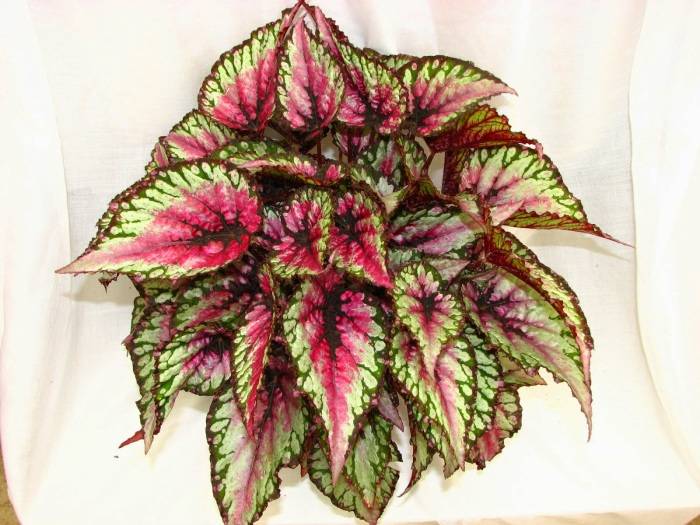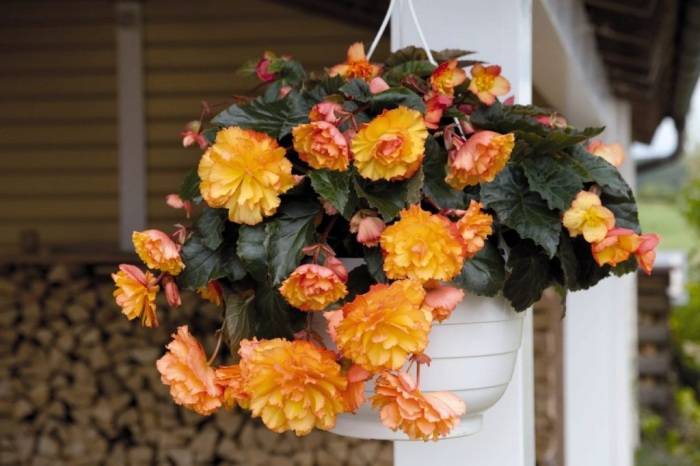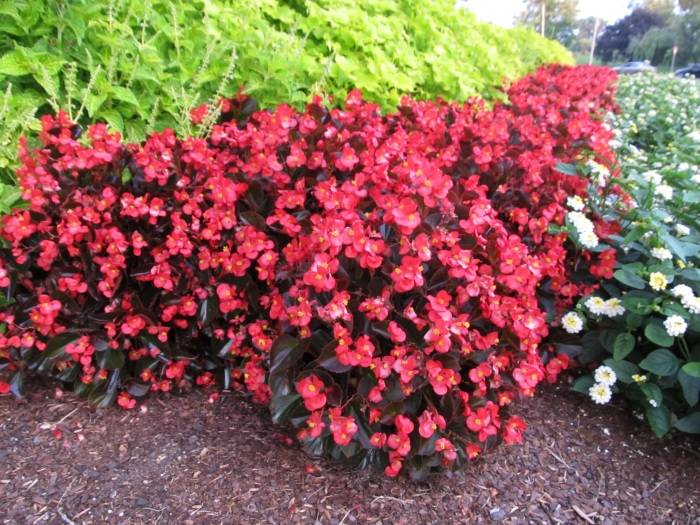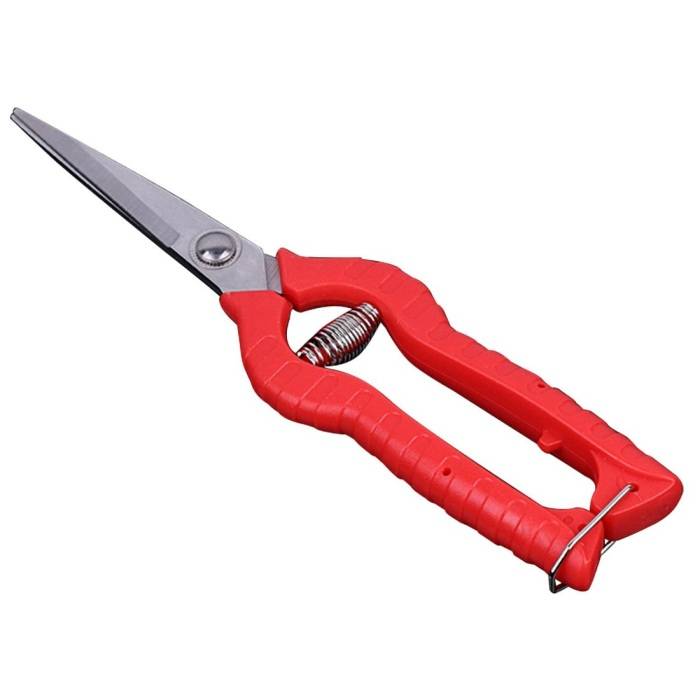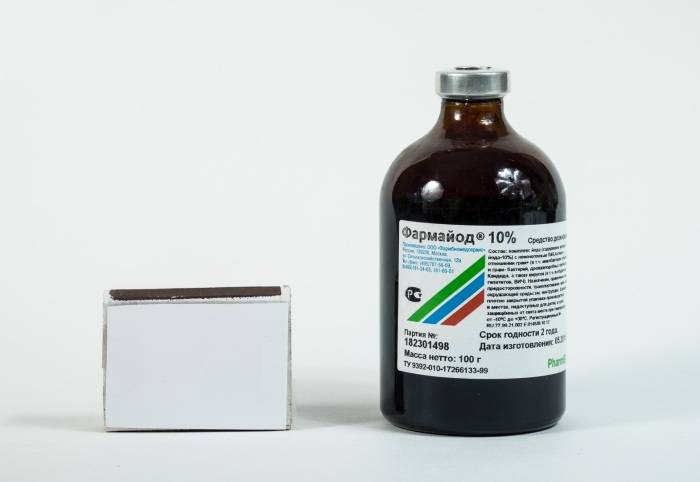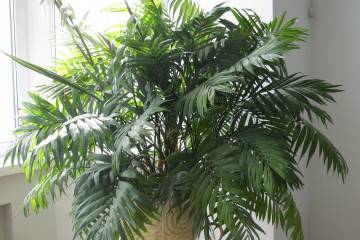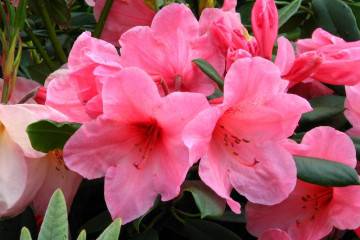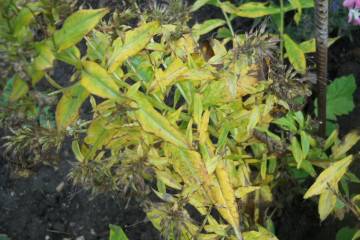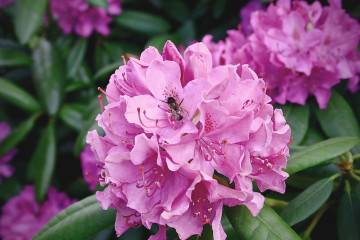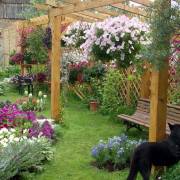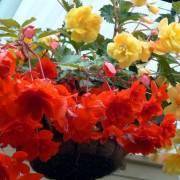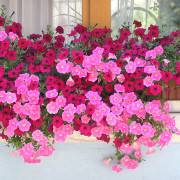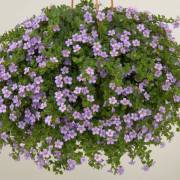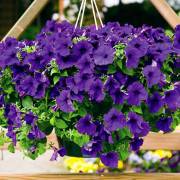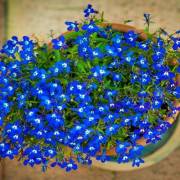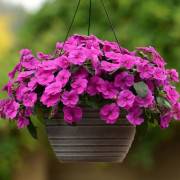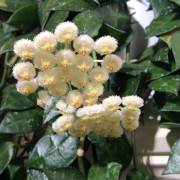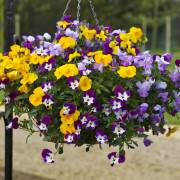Do I need to pinch begonia and how to do it
Content:
Begonia is one of the most common plants for decorating interiors, gardens, flower beds in parks. This flower was discovered in 1690 by Michel Begon. In honor of him, this family of perennial plants was named. There are about 900 natural and 2000 artificially bred, i.e. hybrid species. In the large family of Begonievs, there are decorative deciduous: Tiger, Metallic, Mason, Hogweed, and beautifully flowering species: Fortuna, Senator, Fimbriata Pink, Venus, Grandiflora. Flowers come in different shades of red, pink, lilac, yellow, orange, white, cream, peach.
What is pinching for?
Florists appreciate begonias not only for their spectacular appearance, but also for their ease of care and the ability to grow in shaded areas. It is suitable for growing by beginners. But a novice florist asks the question, is it possible and necessary to pinch begonia? Yes need. At the same time, in caring for this plant, pinching and pruning are distinguished. Pinching is a technique in agricultural technology, which consists in breaking off the top of a young shoot. The scientific name for this action is pinching.
Pinching stimulates the emergence of lateral shoots and the redistribution of nutrients. For most types of begonias, pinching is an indispensable condition for keeping. Unlike pinching begonias, pruning involves removing part or all of the shoot.
With regard to the flower in question, pinching and pruning are carried out for the following purposes:
- To stimulate longer and more abundant flowering. If this is not done in a timely manner, the flowers will be small and quickly fall off.
- For the gentle formation of the crown of a first-year plant. Pruning is more traumatic, pinching is better tolerated by young specimens. However, in mature plants, it is better to cut off excess shoots partially or remove completely.
- To redistribute nutrients and maintain the health of the flower and increase its lifespan.
- Removal of dried shoots and old peduncles.
- Thinning a crown that is too dense, which does not allow light and air to pass through.
- Uniform development of all branches.
- Maintaining the balance of growth of the crown and root system.
- Preparation of some varieties of this flower for wintering.
In thick-stemmed begonia, pruning is used to form a standard tree.
When should you pinch begonia?
The pinching of begonias is carried out for each variety with a different frequency. The right time for this procedure is autumn or spring. Pruning for preparation for wintering and crown formation is carried out in October. The active growth of the flower begins in early spring and until this moment it should fully recover from the removal of excess shoots. This begonias takes about six months.
Do not pinch or cut off excess shoots immediately after the plant is transplanted. It will grow much more slowly.
Winter is a time of rest for begonias. Therefore, during this period, only diseased shoots are pruned so that the plant does not die. All other types of shoot removal are not carried out in winter.
Should all begonias be pruned?
Not every begonia needs to be pruned. As for the tuberous varieties, flower growers argue whether they need to be pinched and trimmed. Some believe that it is mandatory to cut off the drying shoots of tuberous varieties of begonias before sending them for the winter. The tuber will quickly deplete if this is not done. Pruning is used by them to form a neat crown. Pinching tuberous begonias is done to stimulate lush flowering. Other growers do not advise doing this and recommend simply removing diseased and dried shoots.
Ampelny (hanging from the pot) varieties of begonias are not pruned at all. Too long shoots need to pinch off the tops. With correct and timely pinching, many lateral shoots will appear.
Bushy begonias are pruned for several purposes:
- When they want to give a certain shape. Shrub varieties tolerate this procedure well. If the bush begonia is stretched out, then what to do? Cut off the top, and new shoots will develop from the lateral buds. In addition to the top, the lower leaves are also removed.
- For sanitary purposes, for cutting out parasitized and dried branches.
Should I pinch Rex begonia? Royal varieties are not pinned. This is due to the fact that the plant has no branches, and the flowers are completely nondescript. The leaves of the Rex species grow straight from the root. But even in these varieties, it is necessary to cut off diseased leaves and old peduncles.
Pinching tools
The tools required for pinching and trimming include:
- sharp knife;
- secateurs;
- well sharpened nail scissors;
- own fingers.
Before pruning begonia, the tool must be processed, especially when sanitary pruning. Various methods of disinfecting inventory are used:
- disinfection with alcohol-containing liquids, wet antibacterial wipes, antimicrobial hand gels;
- wiping scissors, pruning shears and a knife with kerosene;
- calcination of cutting objects over a gas burner or lighter;
- rinsing with chlorine-containing cleaning agents;
- treatment with a special drug "Pharmayod";
- soaking in a dark pink solution of potassium permanganate.
How to pinch: ways
The rules on how to form begonia using pinching and pruning are as follows:
- Both procedures are always performed only during active plant growth.
- Dried branches and leaves are always removed as they can harbor pathogens and other pests.
- Diseased shoots are cut on living tissue.
- Pruning of bush begonias is often done, otherwise their branches will be thin and weak.
Florists distinguish two main methods of pinching:
- Find the top point of begonia growth and pinch off no more than 2 centimeters with your fingers.
- Cut off the top with a sharp instrument.
Already two weeks after pinching, lateral shoots will begin to develop. Pinching is performed on those plants for which pruning is too traumatic.
To form a beautiful bush, you need to know a step-by-step algorithm on how to properly prune begonia. This requires:
- Choose an instrument of the proper sharpness.
- Disinfect such equipment.
- Trim the begonia shoot above the outward bud.If you cut a branch above the inner bud, then a lush bush will not work. The branches will grow inward.
In tuberous begonias, when pruning, you need to leave no more than two cm of the aerial part of the plant.
How to take care after the procedure?
After pinching and pruning, you need to provide the flower with proper care. For this:
- Maintain air humidity around 60%. You do not need to be zealous, begonias easily rot.
- Provide a temperature not lower than 14 and not higher than 22 ° C.
- Reduce watering if pruning is done just before the dormant period.
- During the period of active growth, they are fed with nitrogen-containing fertilizers, such as Magic Watering Can, Uniflor, Florist Micro, etc. The first time they are spilled with preparations immediately after the appearance of new shoots, the second - before the appearance of flowers. After the beginning of flowering, fertilizer is applied every two weeks.

